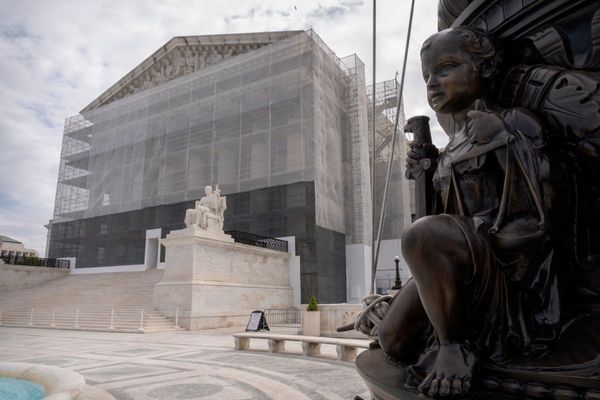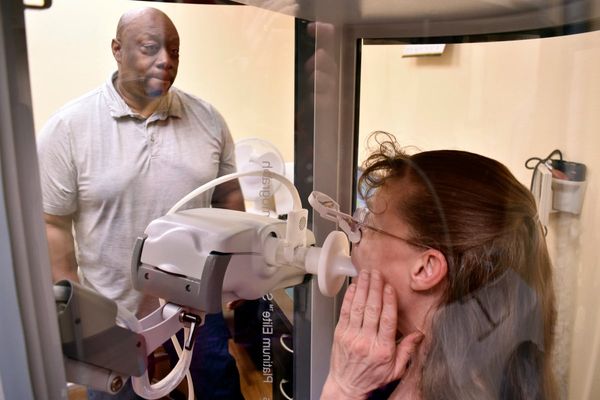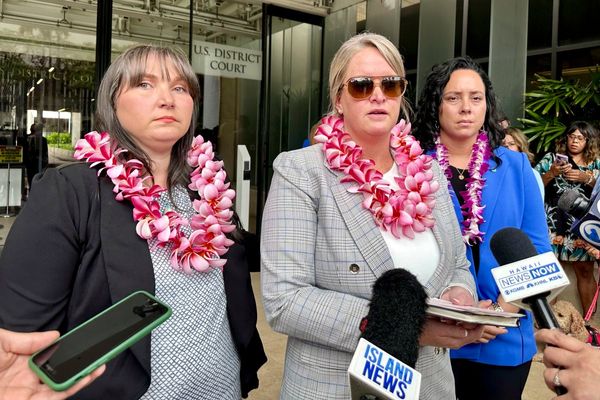
If you need any indication of what Tina Turner, who has died at the age of 83 in her adopted home of Switzerland, could do to and for a song, listen to the first recording of “What’s Love Got To Do With It?“. Cut a month or so before Turner’s version by British Eurovision winners Bucks Fizz, it was not issued for decades. By the most charitable estimation, it could be called agreeably kitsch and utterly forgettable.
Now listen to her version. Hear how much more desire and substance the song has, how much more life and fuel. It also may occur to you that the production is just as trapped in 1980s pop flourishes (that synth harmonica…) and that the category difference is almost entirely down to that voice.
It is remarkable to consider the breadth of work that bears her name: the filthy RnB of “A Fool in Love“; the almost impossible-to-categorise “River Deep, Mountain High“; the stomping country soul of her criminally underrated solo debut, Tina Turns the Country On!; ’80s torch songs like “We Don’t Need Another Hero“; the Bond theme “Goldeneye“. All belong to completely different aesthetic universes, and yet all could only be by Tina Turner, all united by that snarling contralto, a raw, husky mixture of desire and frustration, strength and suffering.
The 2021 documentary Tina and her 1986 memoir I, Tina give a hint of where that suffering came from. She was born Anna Mae Bullock in Tennessee in 1939 to parents who had never wanted or loved her — indeed, she became to believe her conception was all that had kept her mother in a loveless, abusive marriage — and when Tina was aged 11, her mother left.
Bullock took on the name Tina Turner when she began performing with Ike Turner. Ike was already prominent, and was at the time one of many to claim responsibility for the “first rock n roll record” with “Rocket 88“. The pair shared a kinetic musical chemistry — even more than Ray Charles or Aretha Franklin, their sound growls, earthier and rougher, than much else getting near the charts at the time. (“You see we never ever do nothing nice, easy / We always do it nice and rough” she famously intones over the intro of “Proud Mary“, and they had a stage show few could touch.)
But Ike was a control freak and abuser who subjected Tina to frequent sickening violence, including when she was pregnant. Eventually, in 1976, she literally fled, with nothing but loose change and a fuel card to her name. In the divorce, she asked for and got nothing more than her stage name.
Her bravery and candour in discussing the violence she experienced in a 1981 People magazine article and later in her memoir were a milestone in how domestic violence is discussed in the wider public.
By 1983, when she got a hold of “What’s Love Got To Do With It?”, she was in her mid-forties, and had been drifting into the nostalgia circuit since the mid-70s. The song (which Turner hated) was about to make her the oldest woman to have a US number one. Private Dancer, the album that followed, would sell more than 12 million copies, usher in the now-commonplace use of multiple production teams on one album, and launch Turner into a level of superstardom that eclipsed anything she’d achieved alongside Ike.
If a 44-year-old Black woman, a survivor of domestic violence, roughly a decade out from her last hit, suddenly becoming an international rock superstar doesn’t strike you as a near impossibility, that’s only thanks to Turner and what she made possible.







